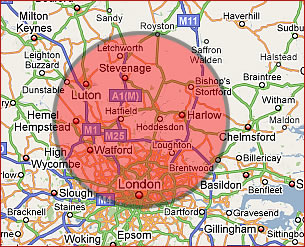Bumblebees
Many of our bees are now under serious threat with declining numbers so conservation is of paramount importance. If you do have an issue with a bumblebee colony then call David for a consultation or advice on Freephone 0800 1182101 or 07761363060.
How to deal with bumblebees:
We unfortunately seem to live in a world where all things that even remotely resemble a wasp must be killed because they sting people. This particular attitude must stop or we risk losing something detrimental to our very own existence on the planet. Without bees and other similar pollinators over 30% of the world’s food crops would fail. Need I say more?
Bumblebees are a non-aggressive beneficial species of insect that come in all sorts of different sizes and colouration but are usually most distinguishable by their bulbous shaped abdomen and furry appearance. Whilst bumblebees do not produce honey they still play a huge part in the pollination ecosystem that we all rely on. Wasps and hornets on the other hand are aggressive predatory insects prone to seeking live pray as a food source. The use of a sting in such insects is to paralyse larger pray and make it easier to transport to a nest site. By complete contrast, bumblebees are only really interested in colourful flowers and the pollen/nectar they yield – nothing more.
By and large colonies of bumblebees living in very close proximity to human activity in a roof soffit or similar position are of no threat whatsoever so just leave them alone and enjoy. Yes, they do buzz loudly when they get trapped in the house but just open a door or window and let them out. Killing bumblebees should be considered a very last resort.
Bumblebee colonies in a disused bird box or similar location can be moved and relocated if really necessary but this can be a delicate operation that requires experience. The entry point of a colony can also be moved by using a length of 2 cm diameter flexible waste pipe securely fixed to the original entrance with the remaining end positioned elsewhere to move activity away from a door frame for example. Most bumblebee colonies will typically contain no more than 70 – 90 individuals encapsulated in a small tangled ball of dried grass or similar material. Activity usually dies down by late August/early September.
Do bumblebees sting?
Queen and worker bumblebees do have the means of inflicting a sting but only under extreme provocation or rough handling. As someone who is more than familiar of dealing with bumblebees I am quite comfortable at quietly approaching the entry point of a ground based colony unprotected without fear of being stung. However, protection should always be worn if you intend to do more than view or interfere with a colony.
Bumblebees are quite docile non aggressive creatures that do not swarm and attack like wasps. They mean us no harm so if you can – just live with nature and allow them to continue their wonderful task. A treatment procedure can be carried out but this is a very last resort option and subject to a consultation before commitment.
David is more than happy to help and give advice on bumblebee issues. Please call now on Freephone 0800 118 2101 or 07761373060.





